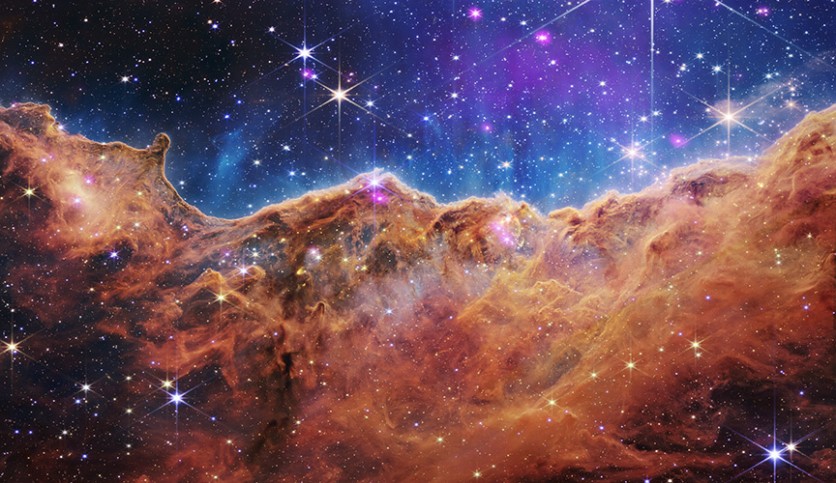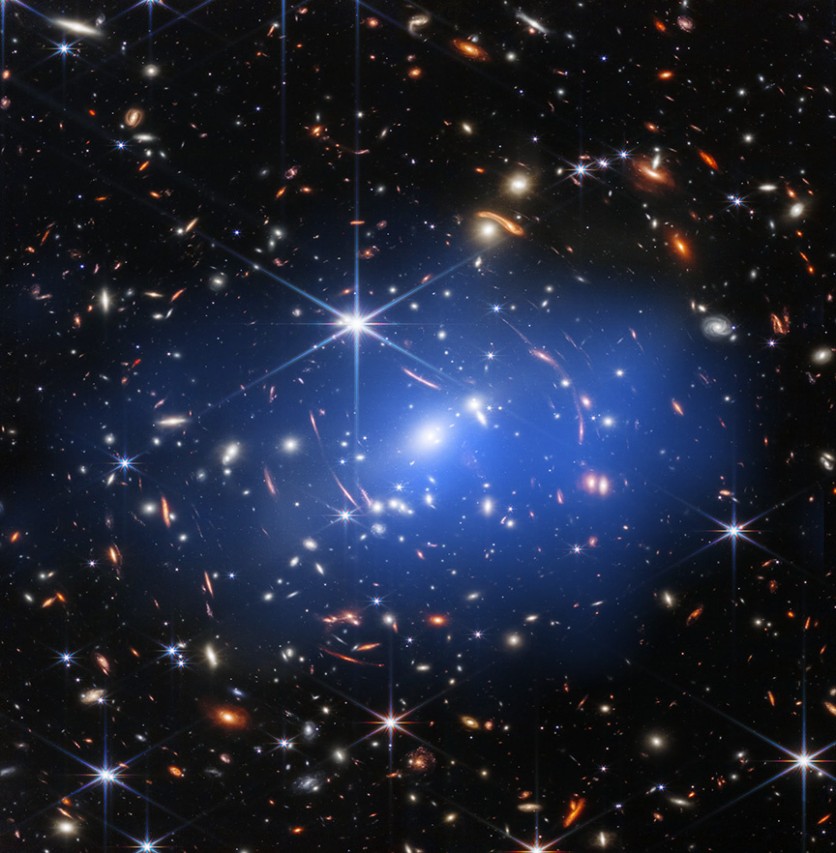NASA's James Webb Space Telescope made cosmic waves last summer when it released its first full-color images. Even though it recently started its operations, it is already demonstrating promise in many areas, such as detecting the most distant galaxies in the universe and capturing the first image of an exoplanet.
However, Webb's capabilities do not stop there.
The newly-minted telescope is intended to cooperate with all of the other telescopes operated by NASA as well as other ground- and space-based facilities. And more recently, NASA has combined Chandra Observatory's x-ray vision and Webb's infrared sensitivity to produce new versions of the latter's first images.
Lo and behold, let us revel in the x-ray and infrared magnificence of these Webb snapshots!
Stephan's Quintlet

Cosmic Cliffs

Deep Field Image

Cartwheel Galaxy

About 100 million years ago, the Cartwheel galaxy collided with a smaller galaxy outside the image's frame, giving rise to its distinctive shape. The star creation that can be seen around an outer ring and elsewhere in the galaxy was sparked when this smaller galaxy pierced through the Cartwheel. Chandra's X-ray observations (blue and purple) are caused by superheated gas, exploding stars, neutron stars, and black holes sucked into companion stars. The Cartwheel galaxy and two smaller companion galaxies that were not involved in the collision are seen in Webb's infrared vision (red, orange, yellow, green, and blue) against a background of many more distant galactic cousins.
Better Together
According to NASA, Chandra has previously observed these sources, and these combined images demonstrate how these two space-based observatories work best together.
The space agency further noted that the X-rays from Chandra reveal higher-energy activities in each image and the infrared view from Webb.
Last month, a group of NASA astronomers utilized Chandra, Hubble, and the now-retired Spitzer, to examine the stunning remnants of a supernova in a nearby galaxy and discovered enough information to recover what their original form looked like.
With the combined powers of the telescope, NASA estimated how long ago the star in SNR 0519 exploded. The star was killed in a thermonuclear explosion after reaching a critical mass, possibly by absorbing material from a companion star or merging with another white dwarf, according to NASA.
Related Article : NASA's Hubble Space Telescope Captures a Dazzling Starscape That Will Leave You Wonderstruck
This article is owned by Tech Times
Written by Joaquin Victor Tacla
ⓒ 2025 TECHTIMES.com All rights reserved. Do not reproduce without permission.




